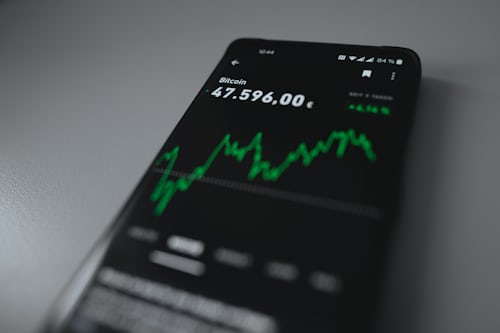Agio: mark-up for shares and other financial products
The agio has probably existed as long as there have been banks. Nevertheless, private investors often do not know exactly what is behind this term - even if it regularly appears on their fund statement. In principle, the premium is nothing more than a one-time surcharge that is used in various areas. In addition to funds, where it acts as a kind of distribution fee, it also occurs in share and bond issues. The issuers determine how high the premium is.
The term agio, like many other terms in the financial world, comes from Italian. Italy is considered the country of origin of modern banking: its history goes back to the eleventh century. At that time, money changers conducted their business on benches, so the term bank for a financial institution is actually related to the seating furniture. In addition, financial institutions were founded during this time that already worked with book money. Terms still in use today, such as giro, procuration, account and agio, originate from the medieval Italian banking system.
Where is the agio used?
The premium is probably most common in the field of securities trading. But a premium can also be charged for bonds, foreign exchange transactions, loans and investment funds.
Concrete applications of agio:
Share issues
In the case of new issues of shares, the premium refers to the issue premium - i.e. the amount by which the issue price exceeds the nominal value of the share. If, in the case of a new issue, the stock market value of the shares is higher than the equity capital shown in the balance sheet, this difference is settled via the premium, since the premium is not booked as subscribed capital but as a capital reserve.
Fund
Private investors are often familiar with the term premium from their fund statements. The majority of fund companies charge this premium on the purchase of fund units in order to cover distribution costs. It is added to the investment amount. The following premiums are common:
- Money market funds: up to 1 per cent
- Bond funds: 2 to 4 percent
- Equity funds: 3 to 6 percent
- Open-ended real estate funds: 5 to 5.5 percent
Bonds
The initial issue of bonds is usually at par value, but issues at a premium or discount are also possible. If a premium is charged, the effective interest rate of a bond is reduced, as the basis for calculating interest is the nominal value.
Foreign exchange
Occasionally, the premium also occurs in foreign exchange and currency trading in thaiexness20.com/mt5. Here, the premium is the difference between the central rate and the purchase price. Strictly speaking, however, the final purchase price is the ask price, not the central rate plus the premium.
Loan
In lending, premium refers to the difference between the net loan amount disbursed and the amount the borrower must repay. So for a 10,000 euro loan with a premium of five percent, only 9,500 euros would be disbursed. In retail banking, however, loans with a premium are rare. Here, the interest costs are added to the net loan amount to determine the total costs. You can find out about the various interest costs and details when taking out a loan by comparing loans.
Options
In the world of options, the premium is known as the agio. The premium results from the value of the option over and above its intrinsic value. For example, a call option (=right to buy a share) that has a strike price of 50 and is quoted at 5 euros has a premium of 3 euros if 52 euros are paid for the underlying share. The premium for options results from the value of the volatility and the interest value. Towards the end of the option term, the premium falls very quickly. An option buyer can then still suffer a loss despite a positive development of the nominal value for him.




